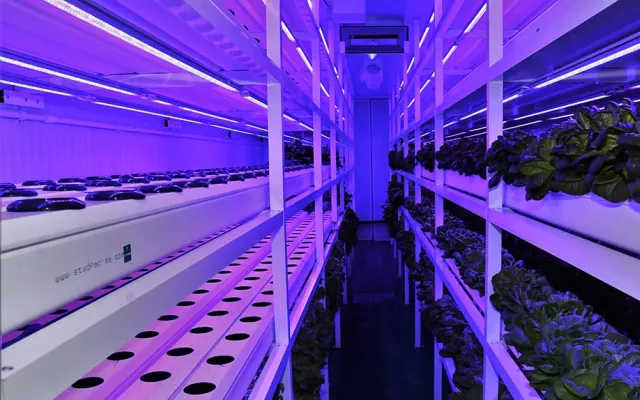Revisiting the Role of Polyamines in Plant Growth and Abiotic Stress Resilience: Mechanisms, Crosstalk, and Future Perspectives
Phytohormone-like plant growth regulators are becoming hallmarks in plant stress biology since they can offer incredible benefits to plants, such as increased crop output, improved growth features and stress tolerance. Among them polyamines (PAs) such as putrescine (Put), spermidine (Spd), and spermine (Spm), are recognized as important bio-stimulants that can boost plant growth, productivity, and stress tolerance, whether provided exogenously or synthesized endogenously by genetically engineered plants. However, the precise mechanism by which they regulate plant development and stress responses and their interactions with other signaling molecules remains unknown. Hence, unravelling the molecular complexity of PAs signaling in plants can help us to improve crop stress resistance and yield. This review focuses on the distribution, biosynthesis, and role of PAs in plant growth and development, abiotic stress tolerance, and the involvement of a possible novel interlinked signaling cascade between them. Further, we focused on our current understanding and knowledge gaps of how PAs interact with other signaling molecules like hormones and nitric oxide (NO) to regulate plant growth and stress tolerance in a coordinated manner. We also provide an overview of PA signaling in plants, focusing on calcium (Ca2+) and reactive oxygen species (ROS) under abiotic stress, and some key insights into omics and nanotechnology approach for future research.
Year
2022
Publication Source
Journal of Plant Growth Regulation
Publication type
Scientific Paper











